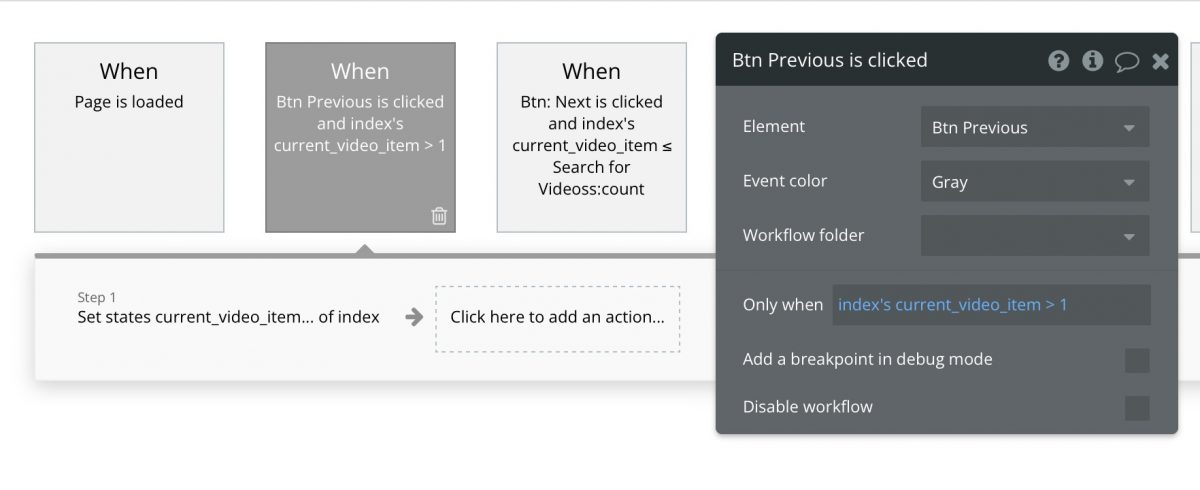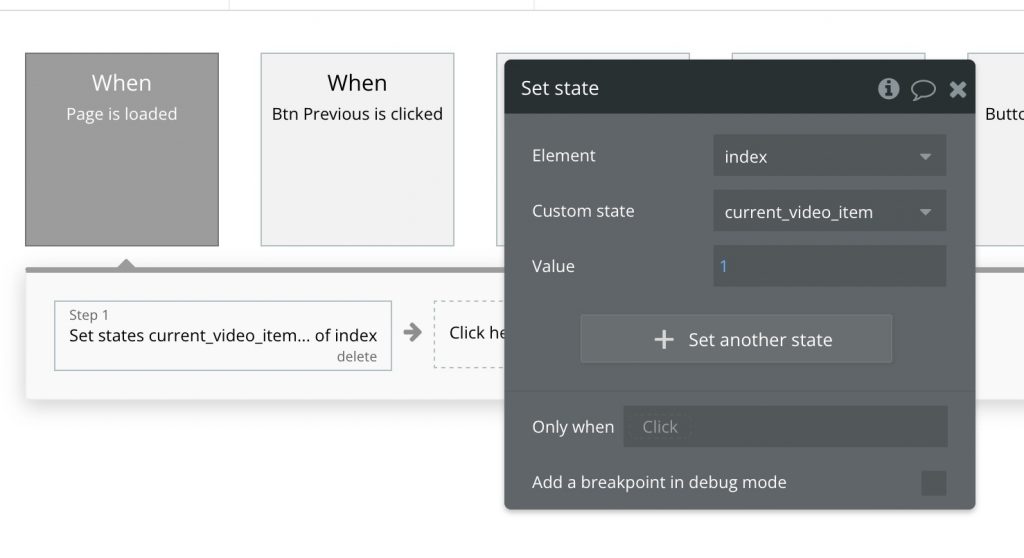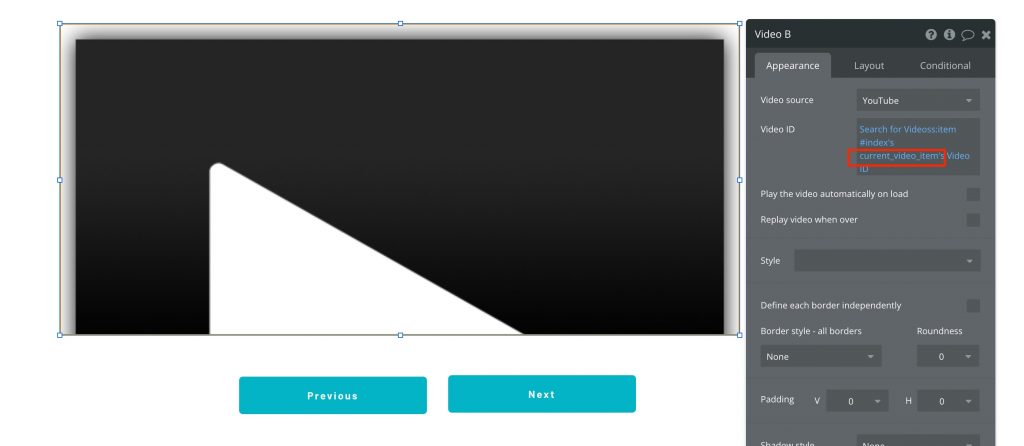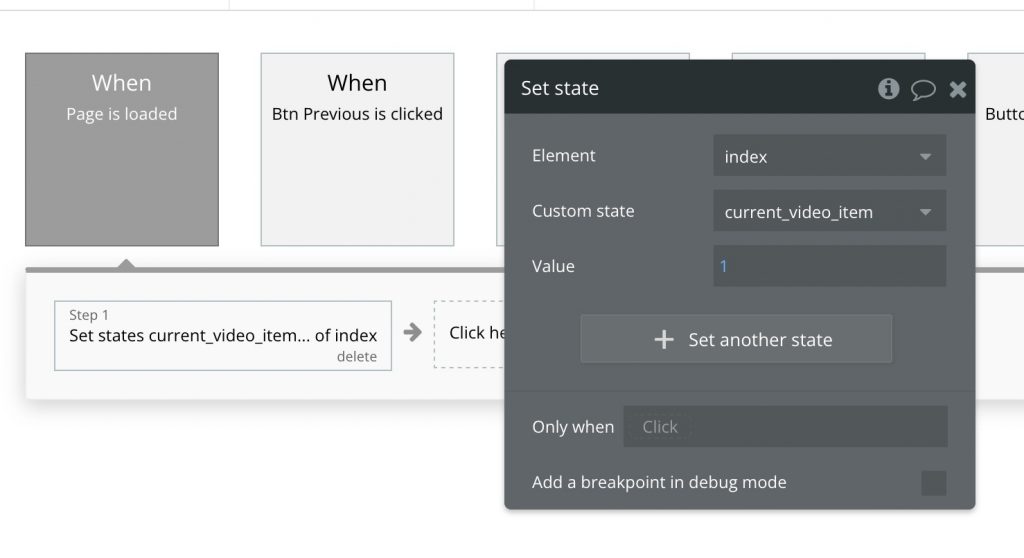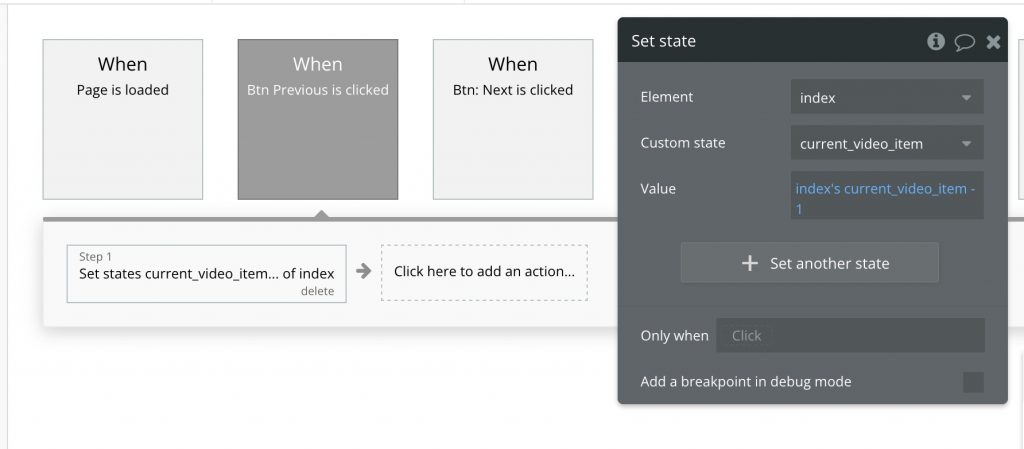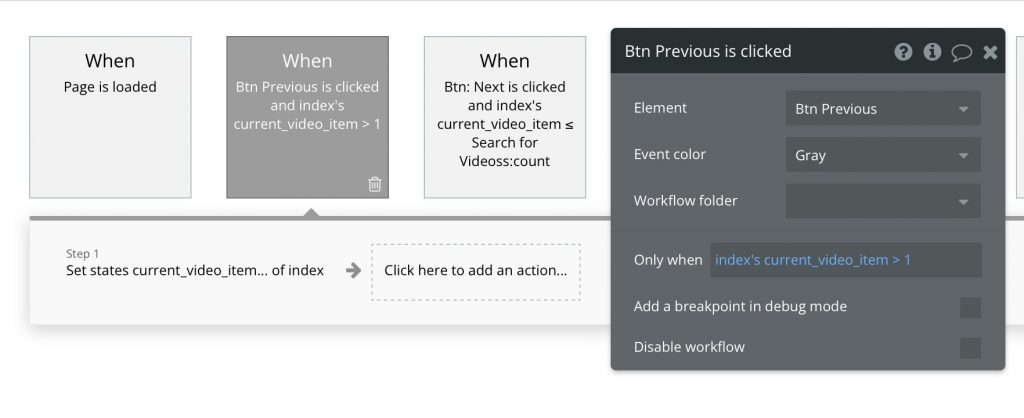You might have noticed an announcement around the new Bubble pricing. Which resulted in swift community backlash. In the no code application space, Bubble.io is one of the biggest players. They have millions of developers and apps running on their platform. This week, they announced and quickly redacted their new pricing model.
I saw an email regarding new pricing and skimmed over it without paying attention to the details. It was late, and I was signing off for the night. The next morning, I awoke to a storm of backlash on various channels about how bad the pricing was. I checked it was bad.
Bubble Pricing Issues
Bubble pricing is already a little hard to understand. They use terminology that doesn’t make sense to me as a developer or most people. I understand that they’re attempting to appeal to non-technical people, but things like units of capacity or application editors need to be explained in their FAQ for it to make sense. If you need to explain your terminology in your FAQ, change it.
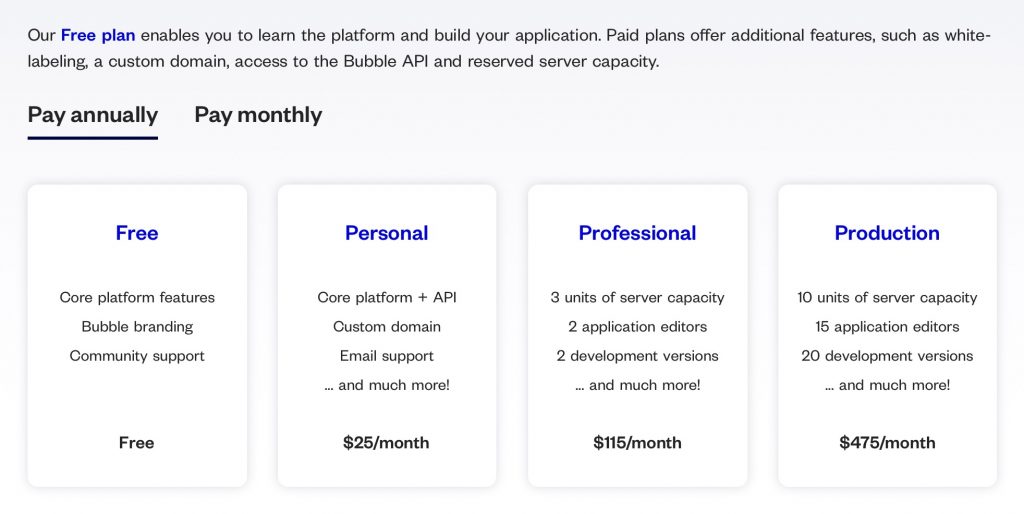
They then introduced their new pricing model that looks more like hosting and with a production price that is less disconnected from the other plans. One thing you’ll notice though is beyond visitors, they include a number of database things.
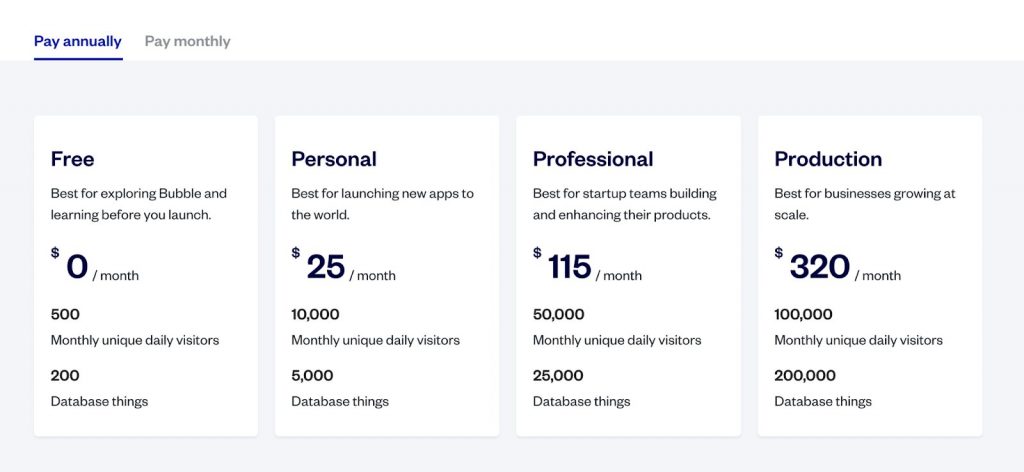
Database things as a pricing metric
Firstly, what is a database things? To put it simple, it is rows in the database. Why they don’t just say that in the first place is beyond me. This is possibly the worst metric I could ever think of to charge on.
I have never in my life seen pricing based on number of rows in a database. Such an arbitrary metric makes no sense. A messaging application could be using thousands of rows without impacting performance or storage, while a file sharing application could be using a lot less rows with lots of storage.
Visitors as a pricing metric
Hosting companies have been using visitors as a pricing metric for years now. I’m not a fan of charging based on visitors because I’ve been burned in the past. That being said, so long as the measurement for a ‘visitor’ works, then 100k visitors is a lot of traffic.
The issue here is that the amount of visitors per plan is far too low. If you’re paying over $300 a month for the production plan, I would expect that limit to be up around 250k – 500k visitors. To compare this to Manged WordPress hosting, you’d be getting around the visitor numbers I’d expect.

Thoughts
There is a very detailed post and discussion started by Emmanuel Straschnov, the founder of Bubble, that reflects on the issues. It boils down to not engaging the community enough. They did appear to talk to just 30 users in abstract terms before they rolled this out. They have been working on this update for 9 months. My biggest issue here is how, after 9 months, did no one say that pricing based on database rows is a terrible idea?
I have no problem with a company changing their prices when the changes make sense from a technical and user perspective. The issue with this announcement is that they didn’t appear to consult anyone in their community. This resulted in a swift backlash from their users. With some even loosing customers and large contracts from it.
Suggestions on pricing
I think that they were on the right track when they decided to switch to visitors and database based pricing. Where they went wrong was how they measured those metrics and the extremely low numbers for each of the plans.
Database storage
Databases power the applications, and using this as a pricing metric makes sense. This should be based on storage usage, not rows. Behind the scenes, Bubble is paying for CPU cycles and storage. That is how all applications from AWS are measured. There are other extended services interconnected, but in general these are the two fundamental parts.
Database storage is an easy metric to measure, easy to charge, and easy to understand by the end user. This is also a great way to have lower plans get upsell’s for extra storage and visitors.
Visitors
This part of their new pricing, even though I’m not a fan, is close. They just need to increase the counts for each plan. While also allowing to purchase blocks of more visitors. I can understand how they changed this from server units, as it sounds more quantifiable. They should use both, visitors and compute units.
Compute Units
The other unit that they use in their original pricing is units of server capacity. They should expand on what this is and price accordingly. This should be combined with visitor based pricing. There are a lot of compute based operations in a Bubble app that don’t ever see visitors, so why should that come into the equation. When it comes to backend workflows, they just need to be done quickly and measurable. This is why compute units should be included in any pricing they move forward with.
Conclusion
At the end of the day, Bubble did right by their community and retracted the new pricing model. It’s great that the founder team are so integrated with the community and active on their forums. This is one of the reasons why I chose to use Bubble as my first no code application platform to build on.
Community is key to ensuring that you are able to get feedback and continue to understand your users needs. I hope that in the future they’re more public about how they go about moving forward on pricing, features and changes.

